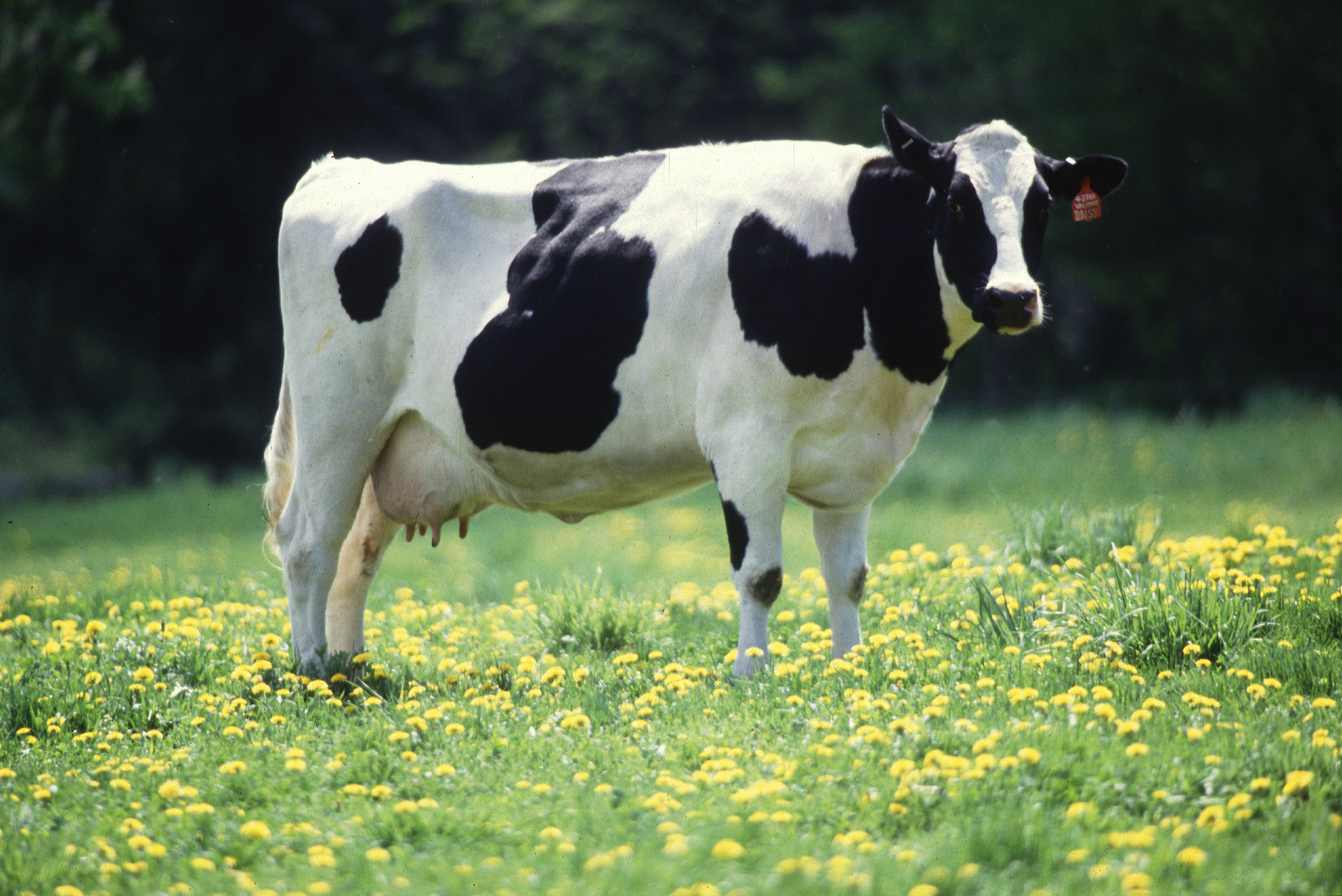 NNYADP-funded research by Miner Institute evaluates how summer heat impacts dairy cows
NNYADP-funded research by Miner Institute evaluates how summer heat impacts dairy cows
Heat stress in dairy cattle in the United States costs the dairy industry $1.5 billion annually according to a 2003 study by Ohio State University (St. Pierre, et al.) and the University of Illinois. A 2012 study by the University of Florida (DeVries) estimated the economic loss for heat-stressed cows under minimal heat abatement to vary from $72 per cow per year in Wisconsin to more than $600 per cow per year dairy farms in Florida.
“Dairy cattle respond to heat stress in several ways, including greater standing time, reduced eating activity and less rumination, increased water consumption, and reduced milk production,” said Katie Ballard, director of research at the W.H. Miner Agricultural Research Institute, Chazy.
With funding from the farmer-driven Northern New York Agricultural Development Program, Miner Institute has conducted a number of studies evaluating how climate stress impacts dairy cows and calves, and the work continues this summer. The results of past studies are posted in the Dairy section of the Northern New York Agricultural Development Program website at www.nnyagdev.org.
In 2017, Miner Institute assessed the impact of episodic heat stress on dairy cows managed within varying farm management systems with different degrees of heat abatement.
The research team evaluated the impact on cow behavior, productive response, lameness, milk yield and milk components production from June through September on four dairy farms in Northern New York.
“The results of this study made it clear that dairy cows in the northern region of New York State are adversely impacted by episodic bouts of heat stress even during a summer without any true heat waves. All the farms participating in the project were impacted to varying degrees regardless of the type of heat abatement employed,” said Ballard.
The heat abatement measures used in the housing systems during the study included natural ventilation only, fans over stalls, naturally-assisted ventilation, and forced ventilation. The study included both free stall and tie-stall barns, sand bedding and rubber mats with shavings and different cow stocking densities.
While all cows spent more time standing and less time lying during heat events, the cows with only natural ventilation were impacted the most and exhibited decreased resting time, increased lameness, and decreased milk protein content, resulting in an expected negative impact on farm profitability.
With a 2018 Northern New York Agricultural Development Program grant, this project continues with the addition of a farm using fans and water sprinkler system over the cows’ feedbunk. Evaluation of factors that influence cow bunching behavior is also a part of this project.
“This summer is certainly starting out to be much hotter and more humid than last summer, and more stressful for cows and humans,” Ballard said.
Funding for the Northern New York Agricultural Development Program is supported by the New York State Senate and administered by the New York State Department of Agriculture and Markets.

